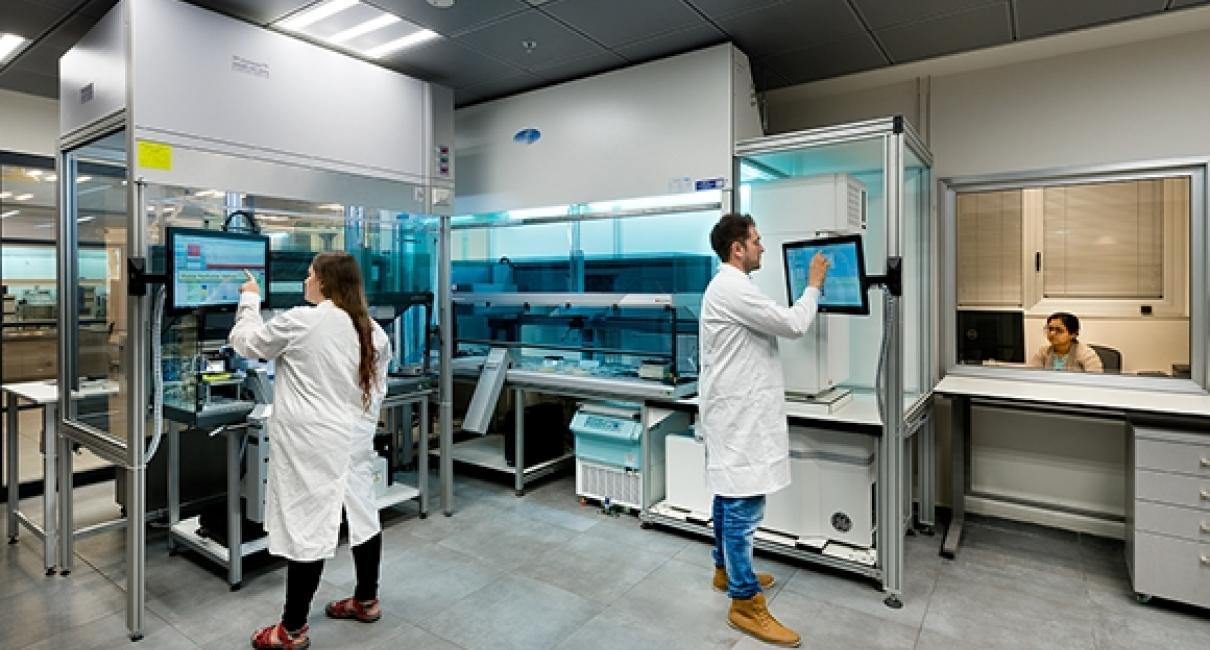
Most rare diseases are diseases that originate from genetic mutations that mainly affect children. Although the incidence of each disease on its own is low (an incidence that can reach as much as 1: 1,000,000 people in the general population), but since there are thousands of such diseases, their incidence together is very significant. The number of rare diseases is currently estimated at 7000-6000, and their impact can be summed up in 6-8% of the world population. Today, the number of patients with rare diseases is estimated at 25-30 million in Europe and a similar number in North America.
The Belvatnik Center for Drug Development has placed research on rare diseases as one of the main interests of the center’s staff, and during the four years since its establishment it has gained extensive experience in the field. The center has developed a platform for scanning FDA-approved drugs on a unique model for the rare disease based on the patient’s mutation, with the aim of finding a compassionate drug, a drug approved by the authorities for another medical indication, to be given to a seriously ill patient when no treatment is available.
The platform on which the research at the center is based includes computational tools and experimental tools. The computational tools are used to model the mutant protein structure versus the healthy protein structure, the effect of the structural change on the function that protein should fulfill, understanding the relationship to the disease and attempting to identify substances that have potential effect on the protein structure that will restore it to normal function. The experimental tools used in the laboratory are scanning systems based on reported cells, followed by validation on cells derived from patients. These experiments use advanced imaging systems and innovative methods of image analysis.
Skin disease and the drug that helped
A first study based on the above platform was recently published in the British Journal of Dermatology. The article describes a project conducted at the Belvatnik Center for Drug Development in collaboration with Prof. Eli Schafercher, director of the Dermatology Department at the Sourasky Medical Center in Tel Aviv. The study dealt with a rare skin disease called hypotrichosis simplex of the scalp (HSS) from which several dozen patients in the country suffer. During the project, thousands of drugs against a unique model developed for the disease were scanned at the Belvatnik Center for Drug Development. One of the drugs, the antibiotic Gentamicin, which showed activity in a laboratory model, was also tested in a clinical trial on a number of patients and showed a marked improvement in their condition.
The center’s staff is currently working on about ten different projects in collaboration with researchers from the university and its affiliated hospitals, which deal with rare diseases in various fields, muscular dystrophy, visually impaired diseases such as retinitis pigmentosa and aniridia, and neurological and neurodegenerative diseases.
The ability of the Belvatnik Center for the Development of Drugs to Research Rare Diseases has been published among local and international patient organizations, and in the past year the center has begun collaborating with three international patient associations to develop new models for disease screening and potential drug discovery.
Every year, on the last day of February, Rare Disease Day is celebrated around the world, with the aim of raising awareness among the general public and decision makers about rare diseases and their impact on their patients.